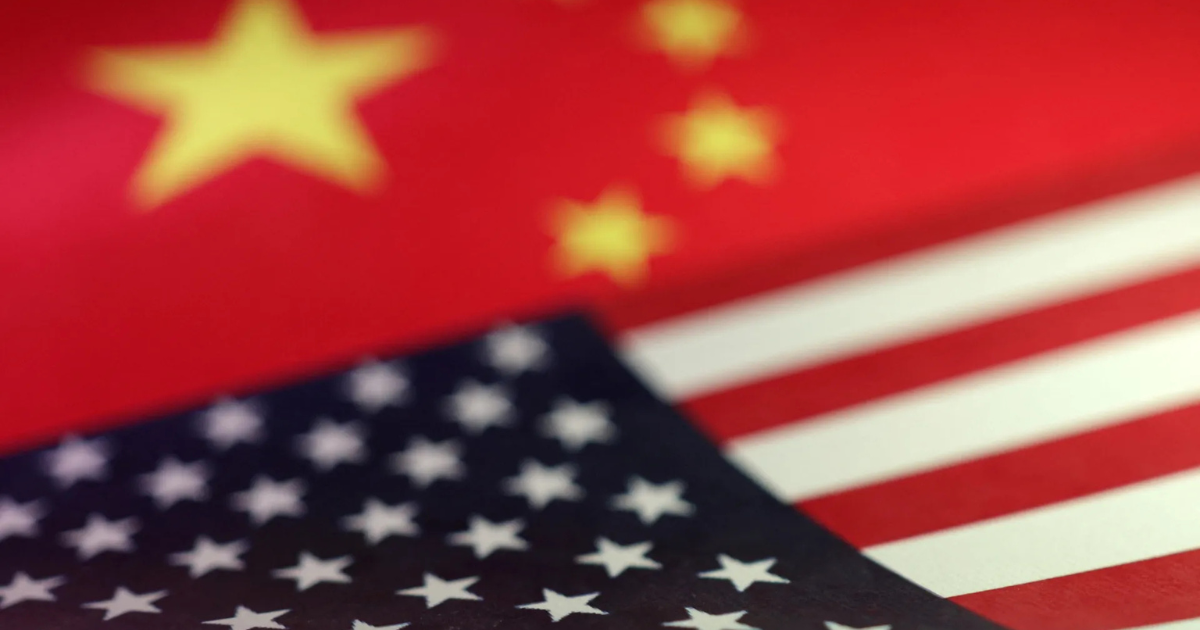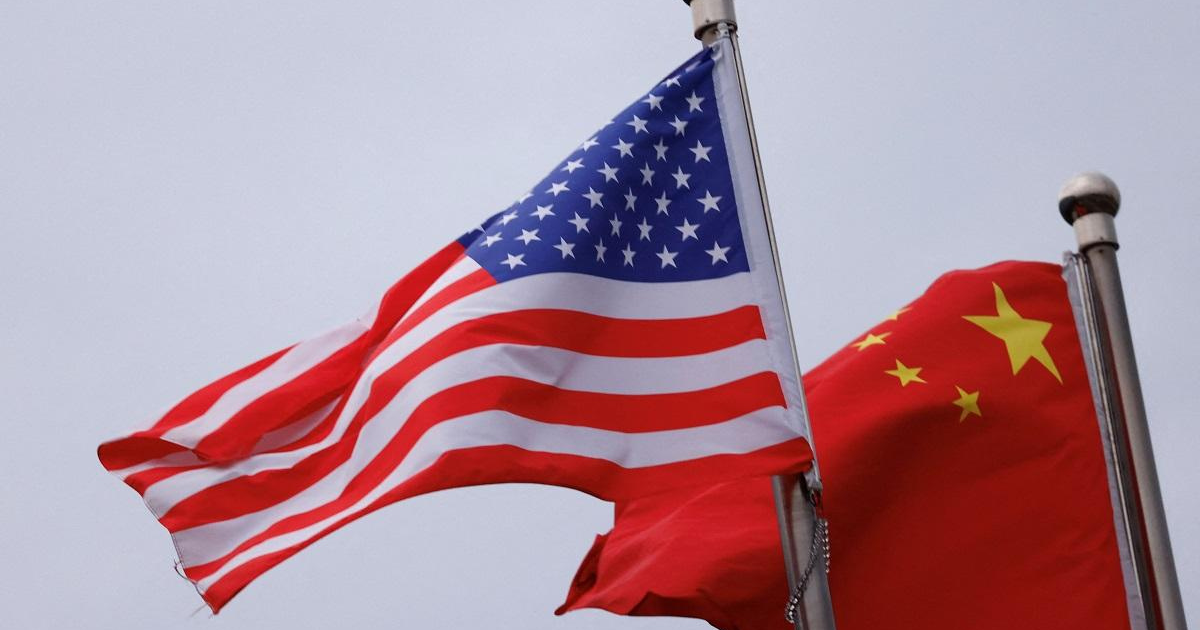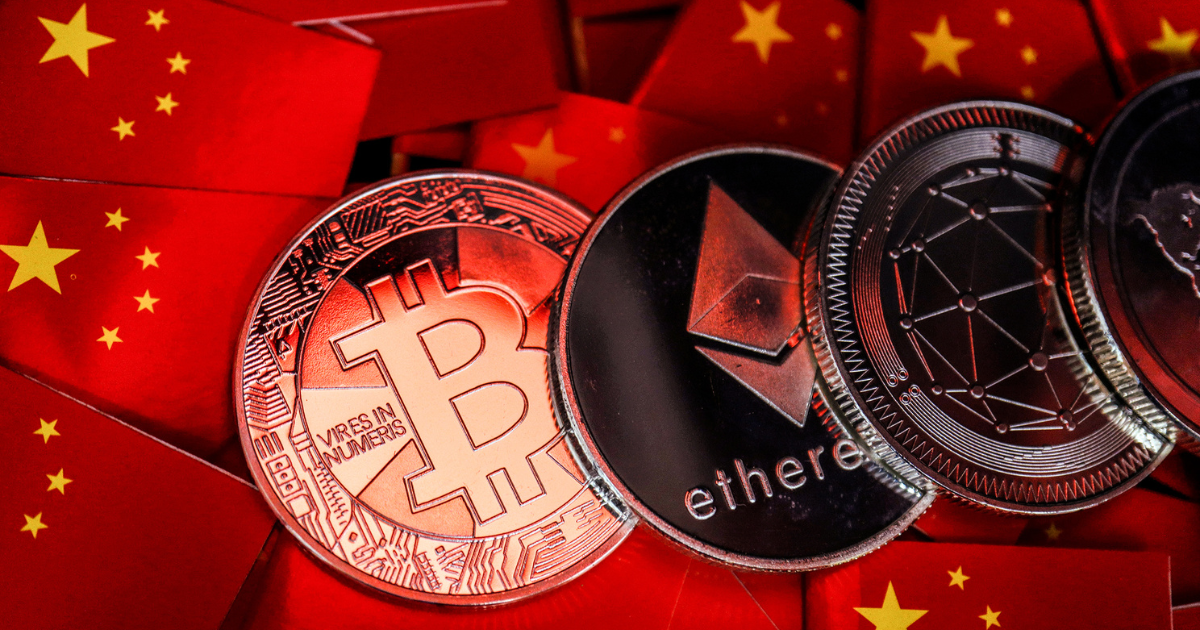In recent months, Chinese tariffs have surged, leaving a serious mark on global markets and escalating the U.S.-China trade war. When he raised tariffs on U.S. imports four months earlier from 34% to 84%, China did the same two days later in April 2025.
Key-Takeaways:
- In April 2025, as tensions rose in the U.S.-China trade war, Chinese tariffs spiked to 84 percent, which triggered market volatility. It had disrupted industries based on U.S.-China trade and put investors on alert.
- Consumer prices are rising with high Chinese tariffs, supply chains are disrupted, and businesses are looking for other manufacturing hubs such as Vietnam, Mexico, and India to reshape global trade patterns.
Recent Escalation of Chinese Tariffs
 The trade conflict between China and the US takes a step up with the implementation of Chinese tariffs at 84%. These heightened tariffs actually went into effect April 10, 2025, at the request of the United States, according to the Ministry of Finance of the People’s Republic of China.
The trade conflict between China and the US takes a step up with the implementation of Chinese tariffs at 84%. These heightened tariffs actually went into effect April 10, 2025, at the request of the United States, according to the Ministry of Finance of the People’s Republic of China.
China raised retaliatory tariffs on U.S. goods to 84% after President Trump’s latest levies kicked in https://t.co/l4A7HEvtim
— The Wall Street Journal (@WSJ) April 9, 2025
The U.S. elevated its tariffs on Chinese goods to 84 percent on April 9, 2025, one day after the U.S. made an announcement on April 8. That decision was taken over unfair trade practices.
This demonstrates how swiftly retaliation in the form of tariff measures can occur when major economic powers choose to use tariffs as part of their economic strategy. Now, most everything coming into the United States is subject to the new Chinese tariffs, which is causing significant disruption across a variety of industries.
Starting as targeted actions, these measures have expanded into broad trade barriers, endangering the global supply chains that have built up between countries over decades of economic globalization.
It also triggered immediate and large reactions around the world in global markets following the higher Chinese tariffs. Traditional stock exchanges saw increased volatility, and stocks in companies that rely on the U.S.-China trade dropped sharply in share prices.
Investors have changed their risk perception due to the uncertainty brought about by these trade frictions. That being the case, many have in fact come to adjust their portfolios.
After the announcement of higher Chinese tariffs, Bitcoin in cryptocurrency markets fell under the critical $76,000 mark. This rebuts the assumption that Bitcoin is an effective collision hedge against geopolitical and economic uncertainty.
Bitcoin, however, moved hand in hand with other risk assets, indicating that during times of market stress, digital assets cannot deliver the diversification benefits many investors hope for.
“As has been seen with the current trade war, volatility has reigned broadly, and the stark difference between the more risky cryptos, which have basically been burned, and Bitcoin, which is down 30% from its top, really stands out,” said Crypto Analyst Mati Greenspan.
Chinese tariffs help fuel a broader market anxiety over economic uncertainty and the sell-off that results. Bitcoin gave a positive impression at first, and early gains were already pointing at a possible rally, but market sentiment turned quickly bad when China responded to news of its retaliatory tariffs.
But implementing heavy Chinese tariffs is an economic blow, with real economic consequences of far more than immediate market reaction. Such tariffs are, for consumers in both countries, additional taxes, which could drive up the prices needed to purchase everyday goods.
The Tax Foundation analysis could reach as high as $1,500 per U.S. household by 2025 from these tariff measures.
However, Chinese tariffs have affected global supply chains particularly badly. The companies that have had decades to optimize their manufacturing and distribution networks may need to revisit their operational strategies.
The significant shift in the global trade patterns occurs as many businesses are seeking alternative manufacturing locations to escape higher costs related to Chinese tariffs.
The agricultural sector is particularly sensitive to Chinese tariffs since American farmers are increasingly losing competitive advantages to global markets. It has caused many producers to look for new markets at lower prices, which hurts profitability.
Also, the instability in the bond market because of trade tensions over Chinese tariffs is another concerning development. The surge in yields of U.S. Treasuries as investors become increasingly wary of the outlook of the economy came.
Worsening the situation only are concerns that China might be about to trim its holdings of U.S. government debt as tension rises, by all means boosting the possible economic fallout from protracted trade disputes.
Strategic Considerations
 Chinese tariffs also act as strategic tools in a round of a larger geopolitical contest. Rare earth elements from China give the country leverage in trade negotiations.
Chinese tariffs also act as strategic tools in a round of a larger geopolitical contest. Rare earth elements from China give the country leverage in trade negotiations.
The importance of these materials to all aspects of modern electronics, advanced weapons, and renewable energy technologies makes them strategically vital to modern economies.
High Chinese tariffs remain uncertain for both economies in terms of sustainability. Elevated tariffs for extended periods of time may alter the lines of global trade and expedite the beginning of economic decoupling between the U.S. and China.
Several analysts suggest that the key to these proposals may be to put an end to the US trade deficit and not establish a new, unchanging trade regime.
As companies spread production beyond China, Vietnam, Mexico, and India become important alternative manufacturing hubs. The opportunities to mitigate risks arising from Chinese tariffs are offered by these nations. Both the flow of money and the U.S.-China trade conflicts are causing multinational corporations to invest in these countries.
Conclusion
Chinese tariffs had changed, starting from focused economic measures up to important geopolitical tools that alter the global trade and market dynamics. As the tensions between the world’s largest economies grow, businesses, investors, and policymakers might adapt to a world where trade barriers influence the global economic prospects.











